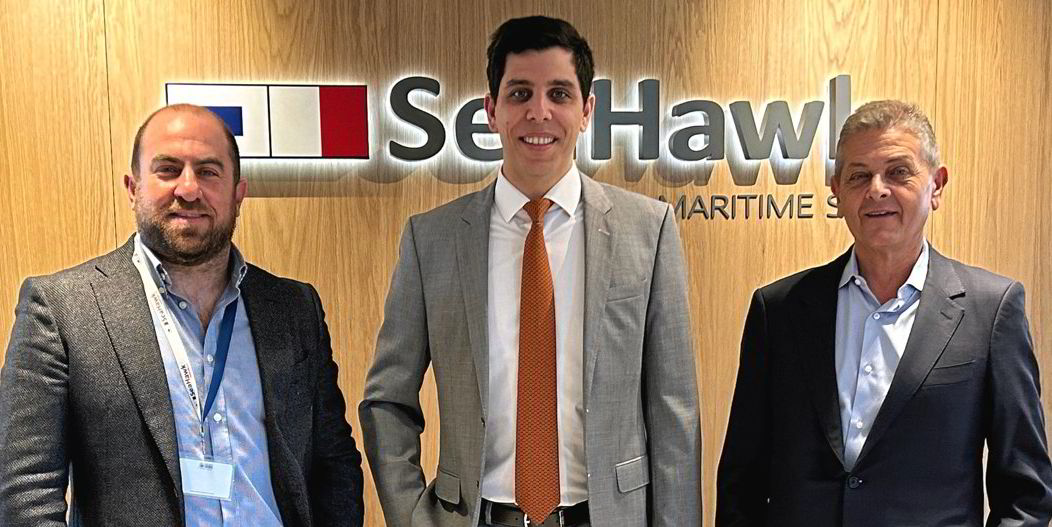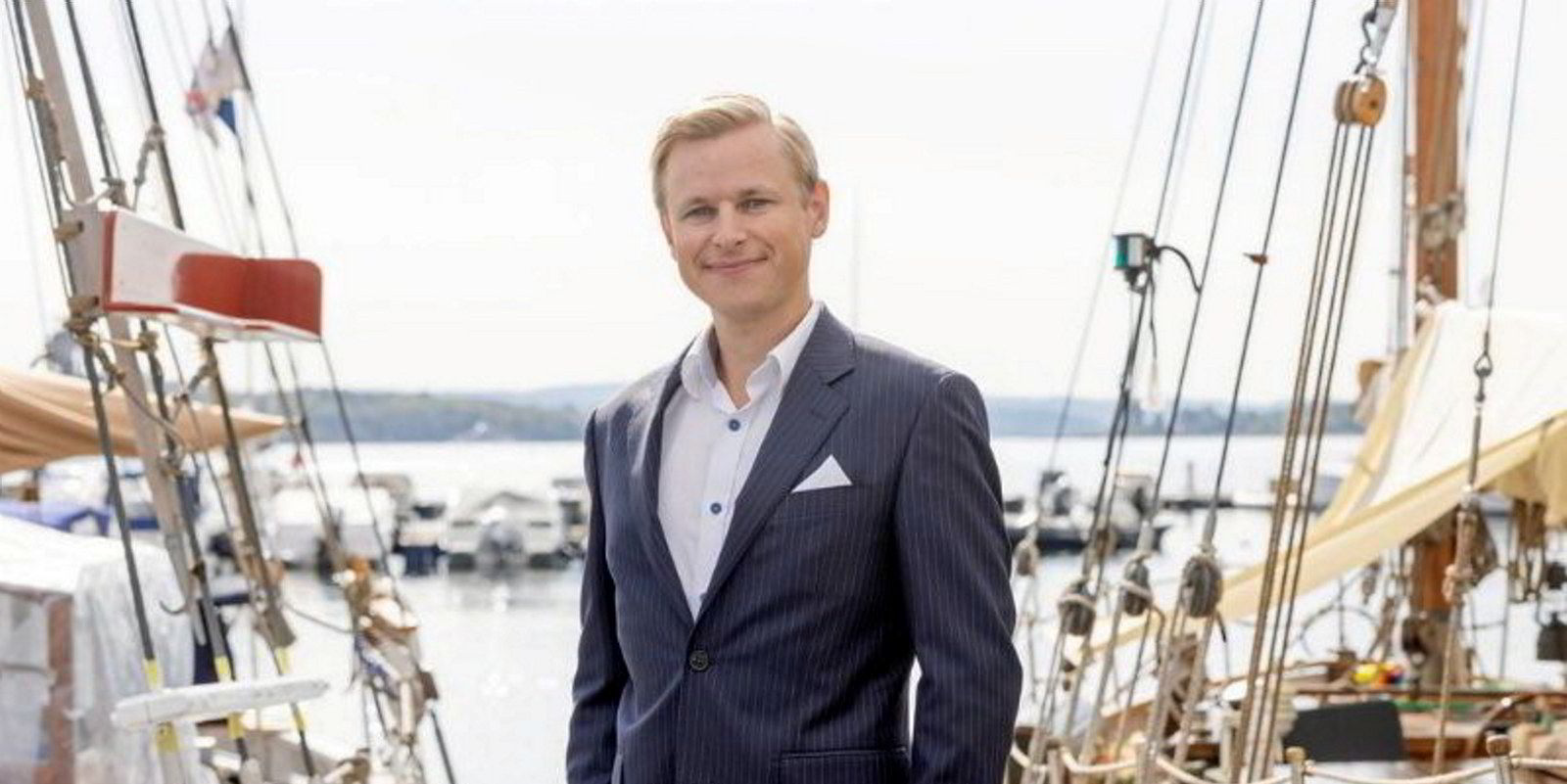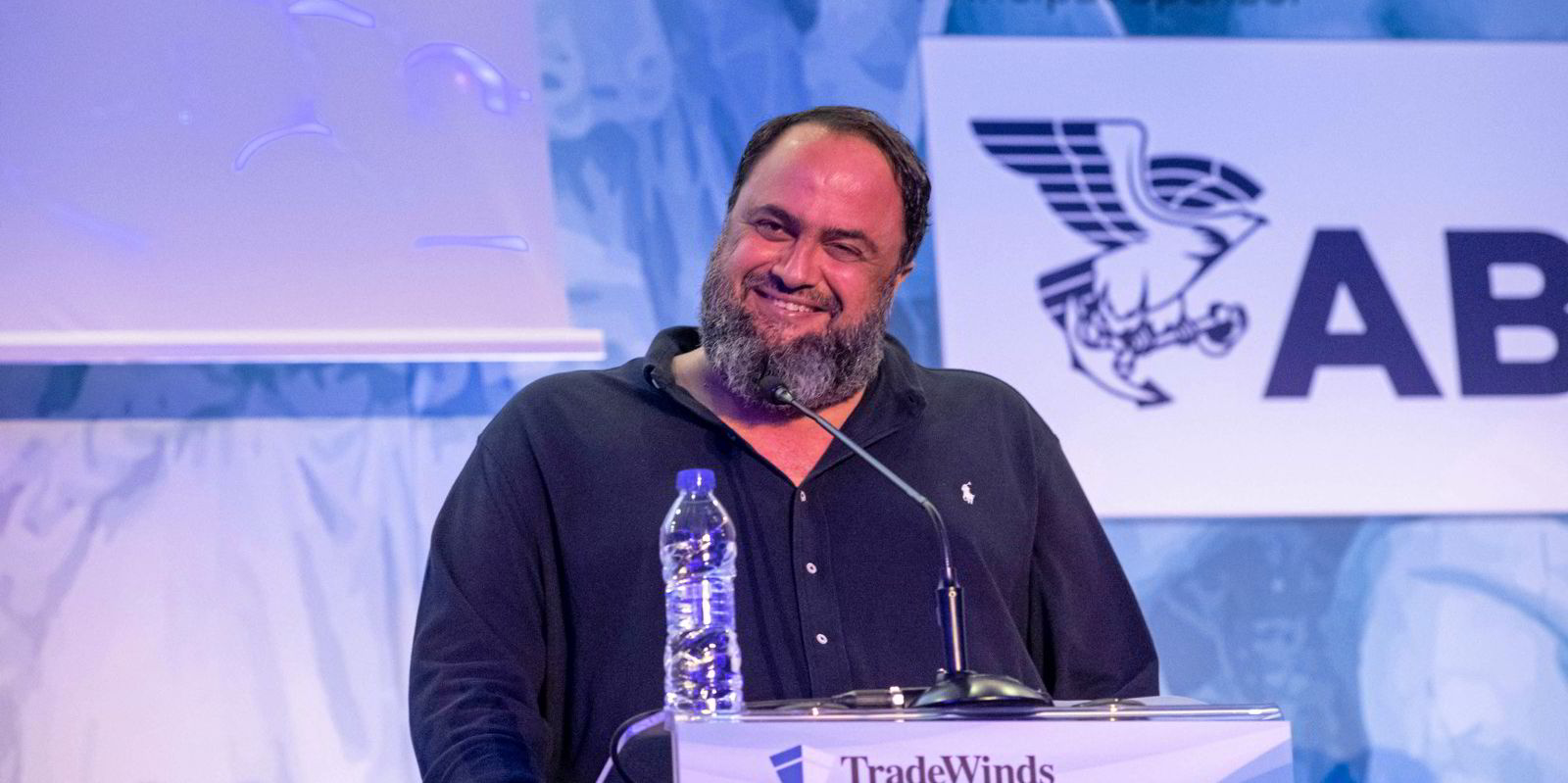Sea Hawk Maritime has embarked on an ambitious expansion course that aims to turn the small Greek player into a diversified owner of about 15 ships by the end of the decade.
The company, which is led by the second generation of Greece’s Kourtesis family, confirmed it has acquired its first LPG carrier and is ordering a newbuilding in Japan.
“The aim is to have four or five ships each in the dry, wet and gas segments within the next five years,” the company’s managing director Michalis Kourtesis told TradeWinds.
Sea Hawk already has the manpower and experience required to do so.
The company used to have a fleet of three bulkers, which it sold in 2021 and 2022.
By that time, it had pivoted towards MR1 product tankers, buying three such vessels from Hafnia.
Michalis Kourtesis and his brother, Neofytos, who is Sea Hawk’s operations manager, have already flipped one of the MRs for a huge profit.
The 40,000-dwt Aida (built 2007), the first tanker the siblings bought in December 2021 for about $9.1m, fetched about $20m when it was sold in February last year.
The vessel is currently trading as the Kallos, under Chinese management.
The Aida deal gave Sea Hawk financial leeway and bolstered its reputation with creditors to help fund more ambitious plans.
“We got some excess cash from that sale for further expansion and now the time has come to use it,” Michalis Kourtesis said.
Gas moves
After setting up Sea Hawk Gas last year and hiring highly experienced Greek executive Alekos Detsikas as its commercial manager, the company set its sights on the LPG carrier market.
Michalis and Neofytos Kourtesis reveal that they signed a memorandum of agreement at the end of December to buy the 20,600-cbm LPG carrier Irmgard Schulte (built 2009).
The Irmgard Schulte was the only owned LPG carrier of Germany’s Bernhard Schulte. The ship is expected to join the Sea Hawk fleet in April to trade as the Gas Melody.
Sea Hawk is already in talks with major charterers to arrange long-term employment for the semi-refrigerated ship, which is also able to carry ammonia.
“We believe in that segment and we see that over the next two years there are very good fundamentals for it,” Michalis Kourtesis said.
Sea Hawk’s faith in the market is such that the company also signed a letter of intent with an established, “first-class” Japanese yard for a conventionally fuelled, 11,000-cbm LPG carrier newbuilding due for delivery in the middle of 2027.
Fully pressurised and equipped with a fully electronic engine, Neofytos Kourtesis believes the ship will be the most modern, eco-vessel of its type when it is delivered.
“This order shows that we’re in gas carriers for the long term,” Neofytos Kourtesis said.
According to Detsikas, 11,000-cbm coasters are an under-built LPG size at the moment.
“Charterers demand it and it’s performing well — we believe this will develop into the new workhorse of the fully pressurised LPG fleet,” he said.
Sea Hawk’s aim to be eventually present in tankers, bulkers and gas carriers suggests the company is in no rush to sell its two MR tankers. Buying tankers seems unwarranted as well, given current price levels.
Even though Sea Hawk has available personnel to manage bulkers and is actively monitoring that market, it does not consider the time is ripe to re-enter it.
“We will do it, but not yet,” Michalis Kourtesis said.
Operating a paperless office out of its owned headquarters in the Athens suburb of Voula, Sea Hawk remains a family company but is open to possible synergies with other parties.
“Not many companies in our size can say they are able to play in three different markets,” Michalis Kourtesis said.






